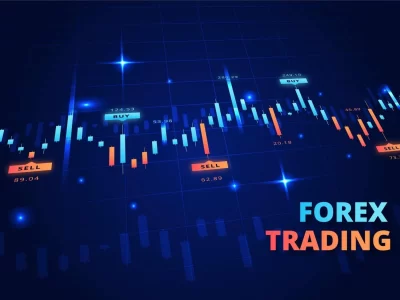When it comes to trading on the forex market, risk management is vital. That means setting goals that make sense and gauging what you’re willing to lose.
Being up-to-date on news, announcements, and other reports is also crucial; it’ll help you stay ahead of market volatility and prevent you from making impulsive decisions based on emotions like greed or fear.
Risk Appetite
It’s not enough for traders to just have a stomach for risk. They need to incorporate their tolerance into their strategies. This could mean setting a maximum amount they’re willing to risk per trade, adjusting position sizes accordingly, or establishing stop loss orders that shut down trades as soon as predetermined prices are reached.
Forex risk management isn’t something to take lightly; good judgement can make the difference between profits and reckless gambling. Be aware of how volatile markets can be and think about whether certain currency pairs are likely to move suddenly because of some piece of news or another.
Everybody has his or her own appetite for risk. Some people prefer risking 3% – 5% of their account balance with every trade while others would rather play it safe. Knowing your limit will help you tailor a unique risk management plan that suits your needs.
Trading Psychology
The way traders think plays an enormous role in how much money they’ll make (or lose). It’s easy to let fear, greed, or even hope cloud your judgement until you find yourself making rash moves that hinder performance.
To avoid falling victim to these pitfalls: stick firmly to your plan no matter how tempting it is to stray; use mistakes as learning experiences rather than sources of regret; seek professional aid when necessary; keep a journal so you know which emotions tend to get the better of you; build communities with mentors who can hold you accountable (and offer guidance); experiment with mindfulness and meditation techniques; remember that consistent success takes time but is always worth it.
Trading Platforms
A trading platform is a software that helps traders keep track of their trades and manage their accounts. There are many different platforms out there, but the best ones offer all sorts of features: watchlists for stocks, alerts when securities become promising, options analysis tools — you name it.
Risk tolerance is one of the key determinants in how much money a trader is willing to lose on any single trade, with beginning traders usually being unable to endure losses of greater than 5% of their account value in any one trade.
Leverage is often more trouble than it’s worth for forex traders; sure it can help magnify gains, but when the market turns against you those gains become losses that much faster. Learn how to mitigate leverage risks in your trades before you use them.
Stop and Limit Orders
Different types of orders have different effects on risk management strategies. A stop order will activate once an asset reaches a certain price (which you select) and then convert into a market order — potentially closing the trade at less favorable levels known as slippage. They’re helpful for preventing further loss once assets fall below set prices, but they come at the cost of premium fees.
By using limit orders, you can automatically close your trade at a target price – either above the current trading level for long positions, or below it for short positions. Limit orders work similarly to stops in that they help shield your trade from market volatility without subjecting it to additional losses brought on by market fluctuation. When set with your risk/reward ratio in mind for each trade, limits make managing risks and rewards a breeze.















